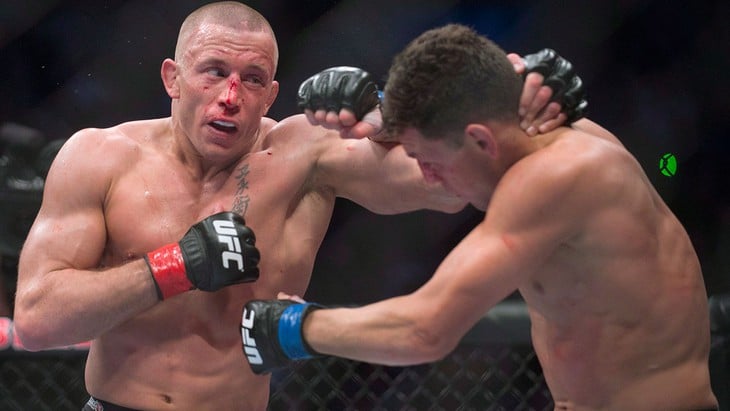
Boxer Georges St-Pierre (left) is very fond of the philosophy of "striking later, killing later" - Photo: UFC
What is "late bloomer"?
Fans of Kim Dung's novels are obviously familiar with phrases like "first strike, first kill" or "last strike, first kill".
Roughly translated, "first strike, first defeat" emphasizes striking first, using speed to gain the upper hand. Conversely, "last strike, first defeat" suggests striking later, using defense and counterattack to overcome the opponent.
That is not an exaggeration in the martial arts world, but an ideology and philosophy inherited from thousands of years of Chinese cultural history, with the foundation being the Spring and Autumn and Warring States period.
Sun Tzu, the master of military strategy, is considered the founder of this ideology, with many famous quotes left behind.
Typical examples include "The winner is the one who knows how to wait" or "The one who cannot win, defends; the one who can win, attacks. When defending is not enough, attack has more than enough" (loosely translated: when victory is not certain, one should defend, when there is a clear opportunity, then attack).
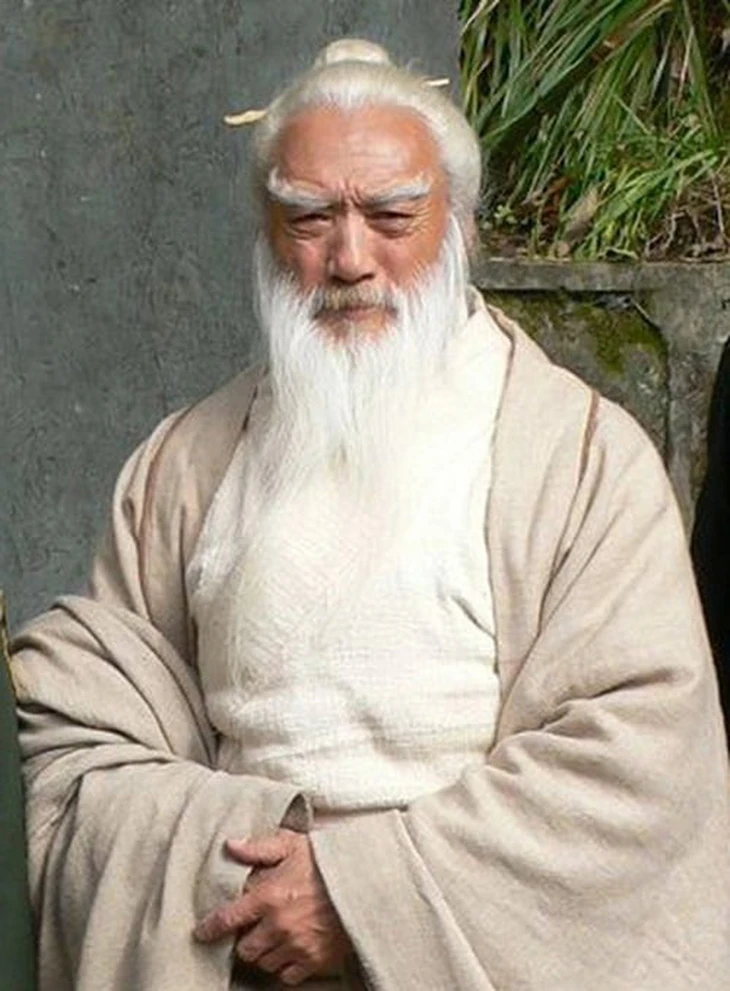
The character Truong Tam Phong is often adapted into movies - Photo: SH
Over thousands of years, this thought of Sun Tzu gradually transformed into many other fields. A typical example is Zhang Sanfeng (late Southern Song Dynasty), founder of Wudang martial arts school, also a legendary character through the pen of Jin Yong.
Chinese martial arts are often ridiculed for their practicality in today's professional fighting system, but they still leave their mark on ideology and philosophy. "The first strike, the last strike" is a typical example.
Appreciated by Westerners
Many famous Western martial artists - who had no background in Chinese martial arts - appreciated and thoroughly applied this principle.
Georges St-Pierre (GSP), Canadian UFC legend, once said: "The most important thing is to wait for the right moment. The best punch is the one the opponent puts his head in."
Throughout his martial arts career, GSP has only lost 2 fights, and has always emphasized defensive counter-attack tactics in the ring. A part of his chest has the words "Jiu Jitsu" (jutsu) printed in Japanese.
Although it is a famous Japanese martial art, jujitsu is considered to have close roots with Chinese martial arts. Because the people who gave birth and developed jujitsu were all in the Edo period - a period when Japanese scholars were heavily influenced by Chinese ideology.
Floyd Mayweather - the modern boxing icon, has built an undefeated career thanks to his perfect defense and counterattacking abilities.
He once said: “When you strike first, you are more likely to make mistakes.” This famous quote by Mayweather seems to put him in opposition to the popular "first strike, first kill" ideology.
Similarly, Lyoto Machida - a Brazilian-born UFC champion, thoroughly applies the traditional karate philosophy: don't strike first, only counter.
His fight with Rashad Evans is a living testament: Machida kept his distance, forced his opponent to rush, then landed a precise check hook that knocked Evans down.
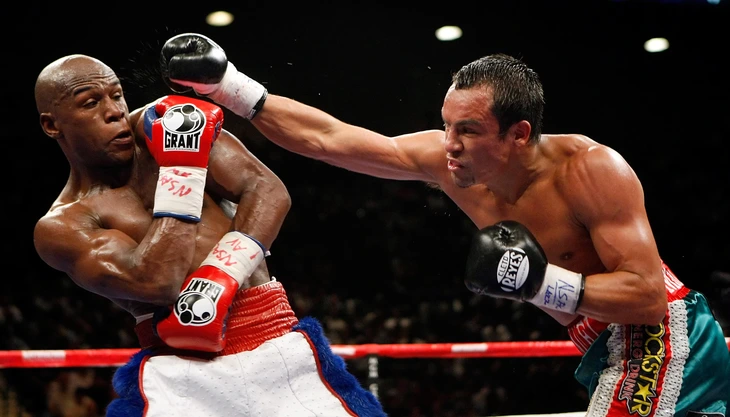
Mayweather (left) - symbol of defensive fighting style - Photo: BR
Or Israel Adesanya (New Zealand) - the reigning UFC middleweight champion, is also a master of counter-attacks. Many Chinese newspapers have compared his fighting style to Bruce Lee's Jeet Kune Do style.
Of course, that's not the story we often see in Jin Yong's novels, where these martial artists go to China to study, learn martial arts techniques, and then... become famous throughout the world.
But the truth is that Westerners have always appreciated the ideas of ancient China. Sun Tzu's Art of War was translated into French in the 18th century, and by the 20th century it had spread to the world of military affairs , combat sports, and modern martial arts.
In his famous work Zen in the Martial Arts , author Joe Hyams acknowledges that Western professional martial artists began to absorb Chinese ideas in the 19th century.
Through generations of martial arts influenced by Japan, China, and Korea - such as karate, judo, and taekwondo, the philosophy of "attacking first, striking later" was gradually absorbed into Western martial arts.
Bruce Lee was the one who pushed that process to a new level, and his students like Joe Lewis and Dan Inosanto directly propagated the principle of "waiting patiently, striking later will gain the advantage".
In the Western arena, the “counter-strike” can be called by different names, such as counter-strike, or counter-punch. And whatever the name, it is becoming a key principle of contemporary martial arts trends.
Jin Yong may have exaggerated about kung fu, but the crystallization of thousands of years of Chinese culture is clearly present in the world of top martial arts.
Source: https://tuoitre.vn/hau-phat-che-nhan-khi-tu-tuong-kim-dung-ruc-sang-vo-dai-dinh-cao-20250717212930505.htm








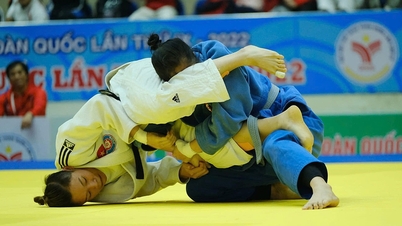

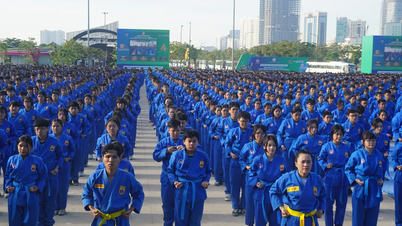



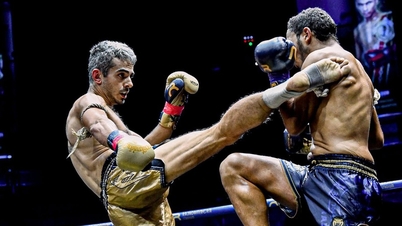


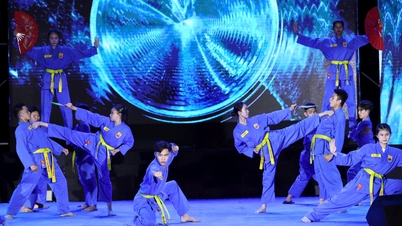





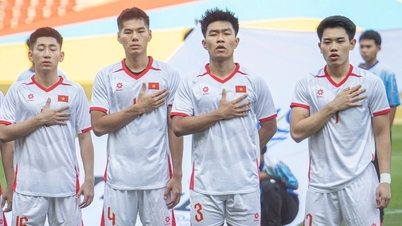







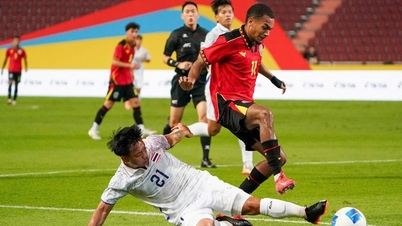

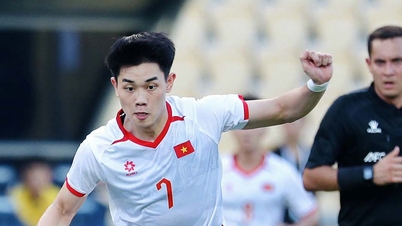



![[Photo] Worshiping the Tuyet Son statue - a nearly 400-year-old treasure at Keo Pagoda](/_next/image?url=https%3A%2F%2Fvphoto.vietnam.vn%2Fthumb%2F1200x675%2Fvietnam%2Fresource%2FIMAGE%2F2025%2F12%2F02%2F1764679323086_ndo_br_tempimageomw0hi-4884-jpg.webp&w=3840&q=75)
![[Photo] Parade to celebrate the 50th anniversary of Laos' National Day](/_next/image?url=https%3A%2F%2Fvphoto.vietnam.vn%2Fthumb%2F1200x675%2Fvietnam%2Fresource%2FIMAGE%2F2025%2F12%2F02%2F1764691918289_ndo_br_0-jpg.webp&w=3840&q=75)
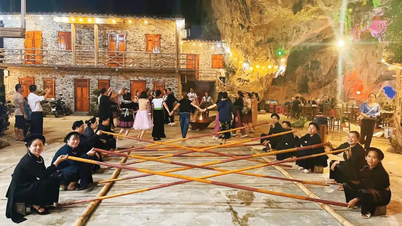



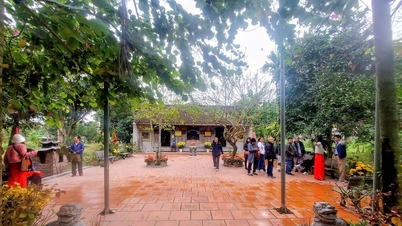





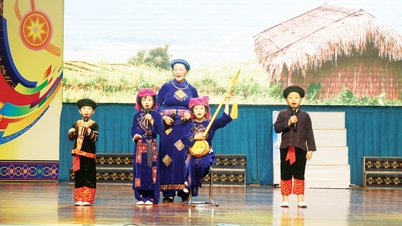

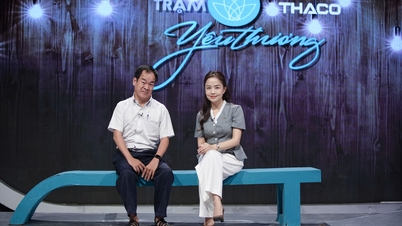




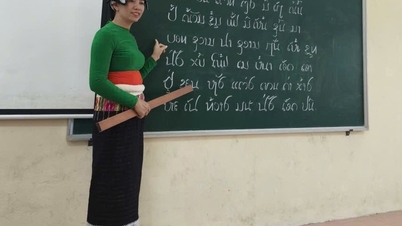

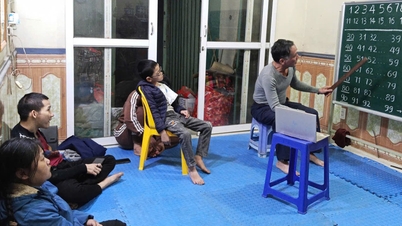

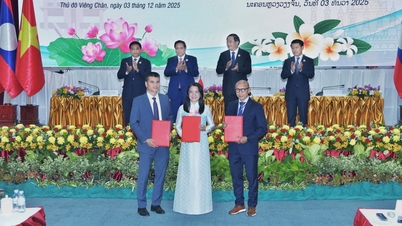












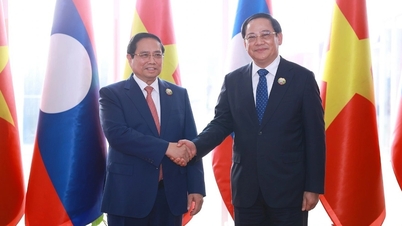
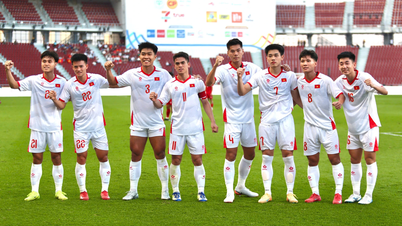












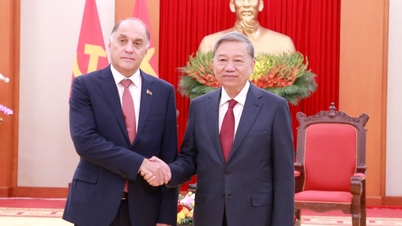


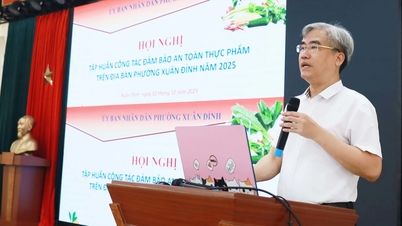


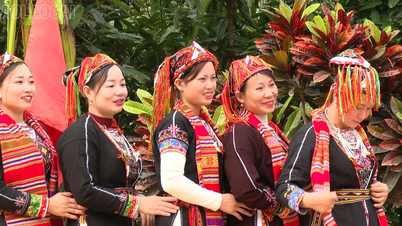












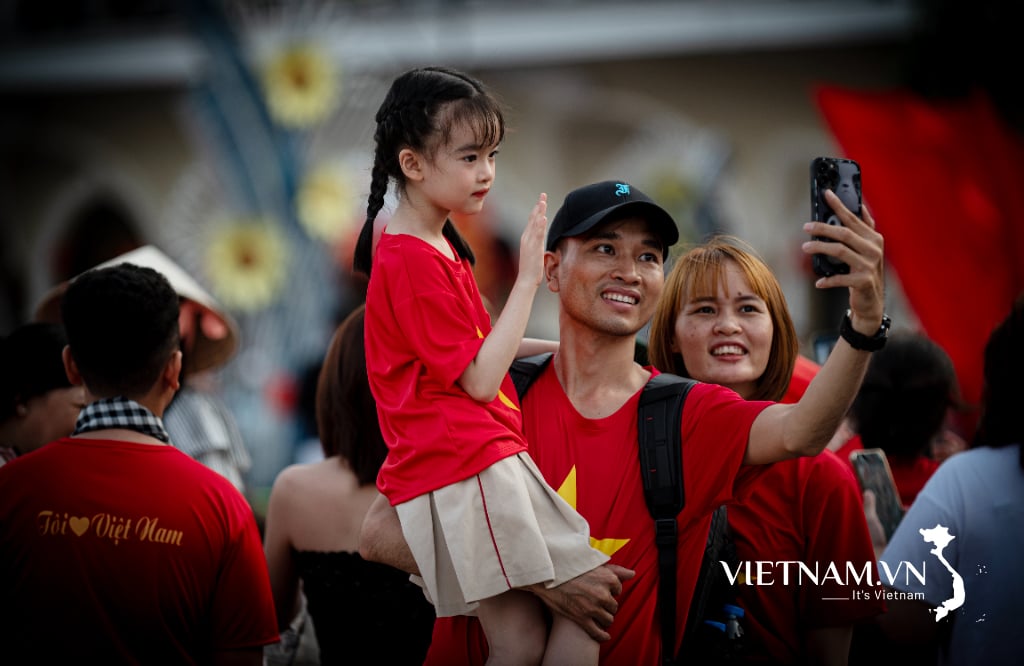



Comment (0)